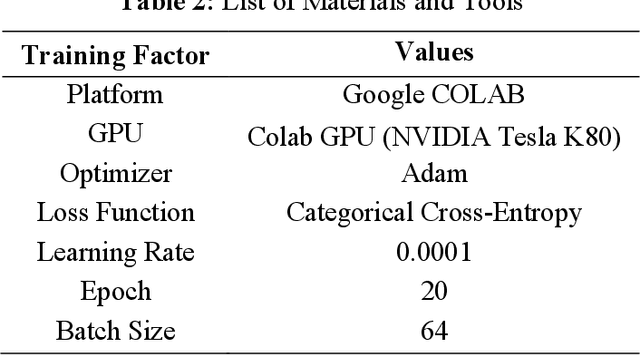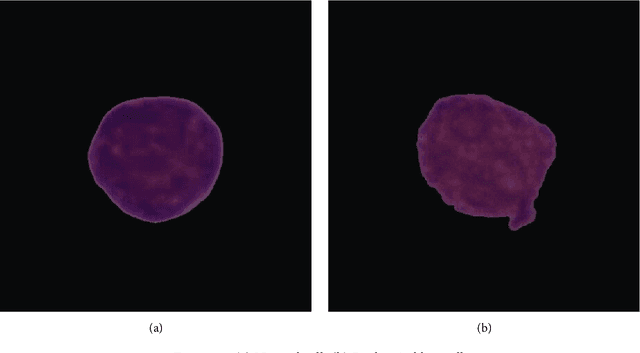Md. Fahim Uddin
A Comparative Analysis Towards Melanoma Classification Using Transfer Learning by Analyzing Dermoscopic Images
Dec 02, 2023



Abstract:Melanoma is a sort of skin cancer that starts in the cells known as melanocytes. It is more dangerous than other types of skin cancer because it can spread to other organs. Melanoma can be fatal if it spreads to other parts of the body. Early detection is the key to cure, but it requires the skills of skilled doctors to diagnose it. This paper presents a system that combines deep learning techniques with established transfer learning methods to enable skin lesions classification and diagnosis of melanoma skin lesions. Using Convolutional Neural Networks, it presents a method for categorizing melanoma images into benign and malignant images in this research (CNNs). Researchers used 'Deep Learning' techniques to train an expansive number of photos & essentially to get the expected result deep neural networks to need to be trained with a huge number of parameters as dermoscopic images are sensitive & very hard to classify. This paper, has been emphasized building models with less complexity and comparatively better accuracy with limited datasets & partially fewer deep networks so that the system can predict Melanoma at ease from input dermoscopic images as correctly as possible within devices with less computational power. The dataset has been obtained from ISIC Archive. Multiple pre-trained models ResNet101, DenseNet, EfficientNet, InceptionV3 have been implemented using transfer learning techniques to complete the comparative analysis & every model achieved good accuracy. Before training the models, the data has been augmented by multiple parameters to improve the accuracy. Moreover, the results are better than the previous state-of-the-art approaches & adequate to predict melanoma. Among these architectures, DenseNet performed better than the others which gives a validation accuracy of 96.64%, validation loss of 9.43% & test set accuracy of 99.63%.
Explainable AI in Diagnosing and Anticipating Leukemia Using Transfer Learning Method
Dec 01, 2023



Abstract:This research paper focuses on Acute Lymphoblastic Leukemia (ALL), a form of blood cancer prevalent in children and teenagers, characterized by the rapid proliferation of immature white blood cells (WBCs). These atypical cells can overwhelm healthy cells, leading to severe health consequences. Early and accurate detection of ALL is vital for effective treatment and improving survival rates. Traditional diagnostic methods are time-consuming, costly, and prone to errors. The paper proposes an automated detection approach using computer-aided diagnostic (CAD) models, leveraging deep learning techniques to enhance the accuracy and efficiency of leukemia diagnosis. The study utilizes various transfer learning models like ResNet101V2, VGG19, InceptionV3, and InceptionResNetV2 for classifying ALL. The methodology includes using the Local Interpretable Model-Agnostic Explanations (LIME) for ensuring the validity and reliability of the AI system's predictions. This approach is critical for overcoming the "black box" nature of AI, where decisions made by models are often opaque and unaccountable. The paper highlights that the proposed method using the InceptionV3 model achieved an impressive 98.38% accuracy, outperforming other tested models. The results, verified by the LIME algorithm, showcase the potential of this method in accurately identifying ALL, providing a valuable tool for medical practitioners. The research underscores the impact of explainable artificial intelligence (XAI) in medical diagnostics, paving the way for more transparent and trustworthy AI applications in healthcare.
 Add to Chrome
Add to Chrome Add to Firefox
Add to Firefox Add to Edge
Add to Edge